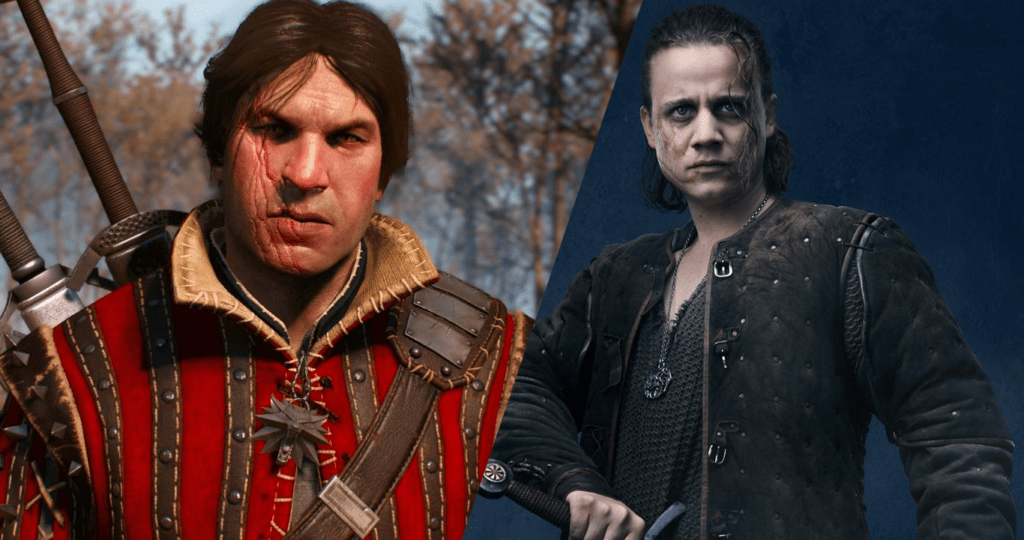Geralt’s social circle is not limited to monsters, sorceresses, and a time-and-space-bending princess. Back at Kaer Morhen, he also has friends who share his monster-slaying craft. Among these, some are considered to be brothers, as is the case with the Witcher Eskel.
In this Witcher Lore article, we’ll cover Eskel and his portrayal in the books, games, and the Netflix show. We’ll explain why he’s a fan favorite in the literary and playable versions (but not in the series).
Disclaimer: Keep in mind that there will be spoilers about the second season of Netflix’s Witcher, which is when Eskel first appears.
Table of Contents
Who is Eskel?
Eskel, like many Witchers, was one of the children who were taken to train and possibly evolve into a monster hunter. Not much is known about his background, only that he probably descends from the hill folk because of an old song he sang while hiking with Geralt. Eskel says he learned the piece from his mother, and it’s the only thing he remembers about her.
Considering that hill folks are usually elves, this would explain why Triss felt a solid magical influence in Eskel. However, this character arc was overlooked in the course of the novel.
Eskel and the White Wolf were like brothers. Side by side they grew up, enjoyed pastime activities and endured the witcher trials. A good friend of younger Lambert and Coën of Poviss, Eskel saw Vesemir as both a mentor and a father figure. He returned to Kaer Morhen each winter to swap tales and rejuvenate for The Path.
— Blood of Elves
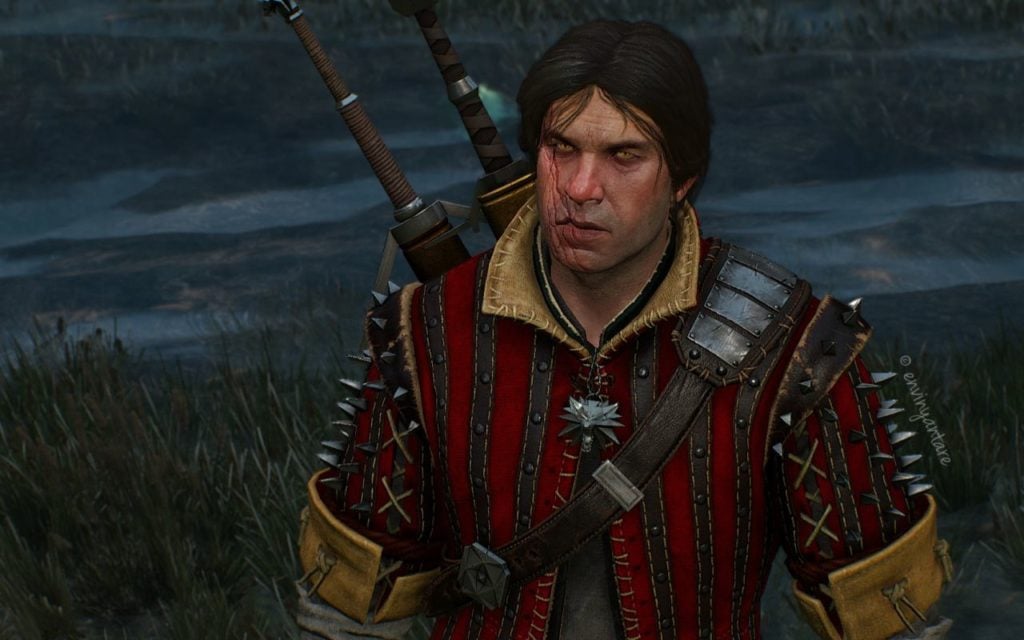
Eskel in the Witcher Books
Eskel is somewhat inconspicuous in the books, despite his popularity in Witcher 3. In The Last Wish, he’s briefly mentioned when Geralt is reminiscing. In Blood of Elves, however, Eskel has a more significant role, helping Ciri train in Kaer Morhen and bonding with the other Witchers, such as Coën, Lambert, and Vesemir, during the winter.
Ciri looked up into his face and barely restrained her frightened scream. He wasn’t human. Although he stood on two legs, although he smelled of sweat and smoke, although he wore ordinary human clothes, he was not human. No human can have a face like that, she thought.
— Blood of Elves
The man was already carrying a nasty scar that started at the corner of his mouth and ran down to his ear, which startled an already scared Ciri. But an easy smile from Eskel soothed the young princess’ heart.
When Geralt appears, the two Witchers engage in an embrace in a rare and unique moment of affection shown by the franchise’s protagonist. This act quickly demonstrates the brotherly relationship between Eskel and Geralt.
From then on, Eskel appears at opportune moments in Kaer Morhen, helping with Ciri’s training or getting clueless with others on how to assist the princess with her body’s natural growth as a woman. When Triss shows up to help the monster slayers, she mentions how they must change their treatment to care for a young girl.
After Triss scolds the Witchers, Eskel approaches her and, in an unusual act, bends down low and kisses the sorceress’ hand. This forces Triss to retract her hand. Not from anger or contempt, but because of the piercing vibration that Eskel’s touch caused.
According to Triss, Eskel emanates a mighty magical power, much more potent than Geralt’s. Unfortunately, neither the novels nor games tapped into this side of Eskel, which, as we previously mentioned, may or may not have been related to his Elven/hill folk origin.
When the Witchers and Triss are bonding, Eskel offers the alcoholic drink White Seagull to her, claiming it’s a mild remedy for pleasant dreams. Then, Eskel said Ciri accidentally drank the beverage, which put her into a trance.
Triss wanted to see that trance for herself. When Ciri arrived after training, she tried to take Eskel’s chalice to quench her thirst. The man dexterously pulls the goblet to himself and was about to get a jug of water instead. But Triss has other plans and offers her cup of White Seagull to Ciri. When Eskel questions her intention, the sorcerer begs him to not interrupt.
Later on, Eskel asks Triss about the situation in the south, on the Yaruga, wondering about the possibility of a new war with so many offensives from Nilfgaard. It’s unclear what Eskel’s intention is or why he seeks this information, as this dialogue is the last time he appears in the novels. Later on, still in the Blood of Elves book, he’s mentioned when it’s stated that Yennefer knows him.
Eskel in Witcher Games
Eskel in Witcher 1
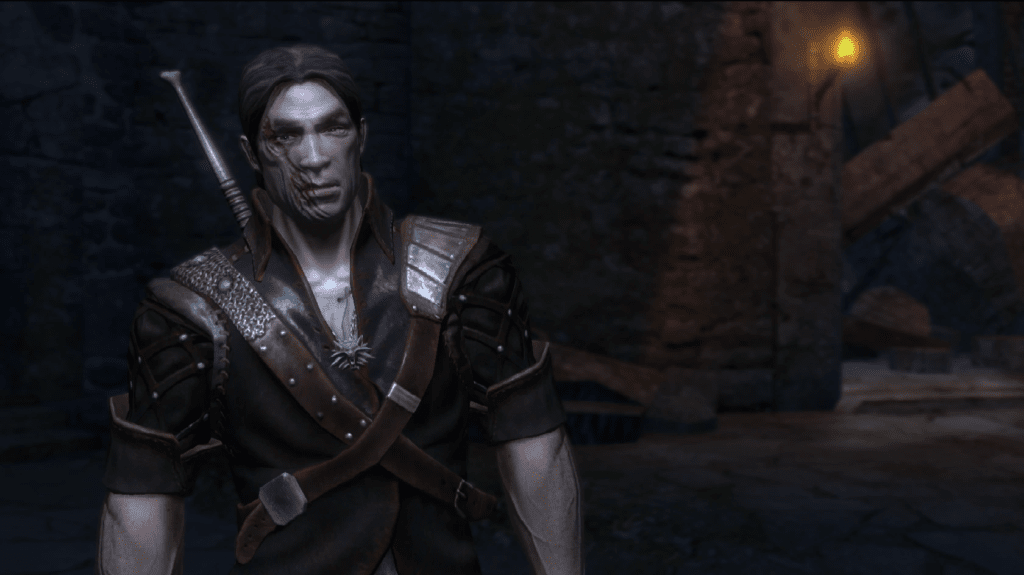
Eskel appears in Witcher 1 and Witcher 3. In the first game, he’s seen defending Kaer Morhen along with the others and facing the evil Salamandra organization. After the battle, Eskel claims he will go west in pursuit of the Salamandra member that escaped with Kaer Morhen’s secret. He’s also one of the contenders in the Fistfight quests, serving as a tutorial for this type of combat.
In the DLC called The Price of Neutrality, we learn more about Eskel, including how he attained his infamous scar. The story is inspired by The Lesser Evil, a short story from the book The Last Wish.
It tells the tale of Deidre Ademeyn, the Unexpect Child of Eskel. After he saved a prince from Caingorn, the Witcher recited the Law of Surprise. Lo and behold, the prince came home to learn he would have a child named Deidre. Thus, after Deidre was born, Eskel avoided approaching Caingorn lest he met his Unexpected Child.
But fate had other plans. Eskel and Deidre ultimately met in Kaer Morhen when she sought refuge in the hold.
During the course of the quest, the player decides what to do about Deidre. The Price of Neutrality branches into two choices: helping Deidre or not. She will still slash Eskel’s face whatever the choice, giving him his scar. This is canon to the game and may contradict what Andrzej Sapkowski may or may not have reserved for Eskel in the novels since he never explained how the man got his scar.
Eskel in Witcher 3
Eskel skipped or lost his invitation to participate in Witcher 2 but played a bigger role in Witcher 3. When Geralt and Yennefer go to Kaer Morhen to try to lift the curse from Uma, the sorceress says she asked Eskel to hunt a forktail for ingredients and asks Geralt to help him. It’s the reunion of the two after a long time and the first Eskel Witcher 3 quest.
Eskel states that he is hunting the monster, not just as a favor to Yennefer, but because the creature is becoming a nuisance all around. After the duo wins, Geralt can choose to race against Eskel in a friendly quest that rewards the player considerably should they win.
After the hunt, Geralt, Eskel, Lambert, and Yennefer are bonding in Kaer Morhen. When asked about his recent activities, Eskel says that one of his hunts was against a Katakan, an elder vampire in Aldersberg. We can assume this happened during the events of Witcher 2.
Yennefer questions how he managed to capture a Katakan, and Eskel claimed the vampire had a fondness for high-ranking women of royalty. His client threw a ball to lure the creature, and with the help of a young alchemist, they devised a concoction of fisstech, vodka, and magic mushrooms. The alchemist drank the potion and lured the vampire. As soon as the vampire sucked her blood, he became vulnerable, so Eskel could quickly kill him.
During the quest “No Place Like Home,” Eskel also shared by playing Never Have I Ever that he once slept with a succubus and consumed fisstech with her, admitting to having a thing for women with horns.
Should the player choose to continue drinking with his Witcher friends, they will witness one of the funniest moments in the game, which involves the three of them wearing Yennefer’s dresses and trying to use the sorceress’ megascope to talk to others in the Lodge. They miss the connection and open a vision with someone in an intimate moment in the lavatory.
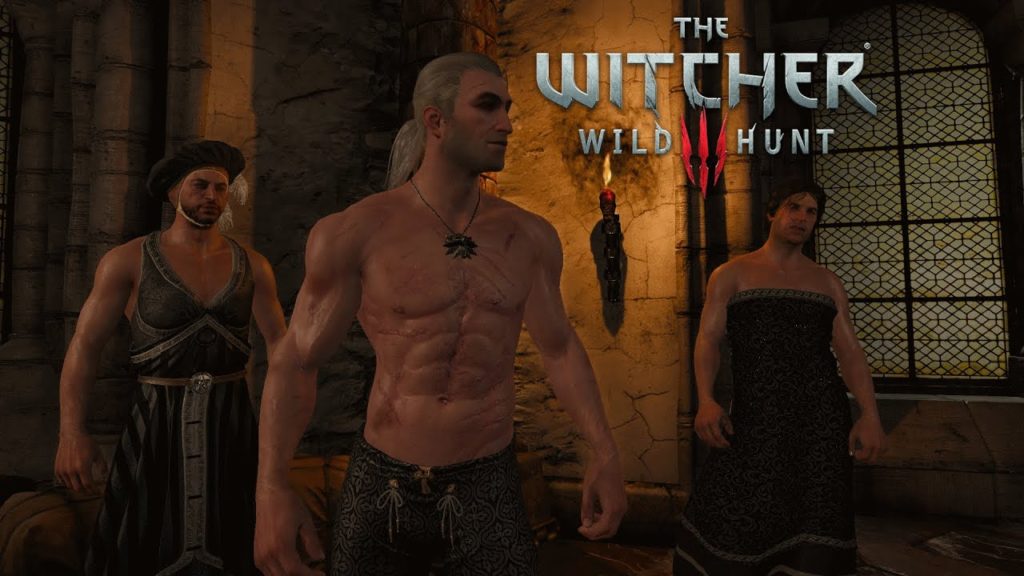
When Uma’s curse is lifted, and the Witchers discover Ciri’s location, they devise a plan to fight the Hunt in Kaer Morhen, with Eskel participating in the quest “The Battle of Kaer Morhen.” Eskel faces General Caranthir and manages to have a remarkable duel, only surpassed by the elf’s teleportation techniques. The Wicher manages to survive the contest with Ciri’s intervention.
At the end of the battle, Eskel is with the others at Vesemir’s funeral. At this moment, Eskel tells Geralt that it’s time to leave Kaer Morhen for good. However, his journal entry says the opposite, which makes the Witcher’s future a bit hazy. The excerpt says:
Eskel took an active part in the defense of Kaer Morhen, standing bravely in the face of overwhelming odds to fight one of the Hunt’s generals. When Vesemir died, he took over responsibility for watching over the witchers’ keep.
— Eskel’s Witcher 3 Journal Entry
According to this, Eskel may have returned to Kaer Morhen and is overseeing it in place of Vesemir. However, you won’t actually find him at the keep after the battle.
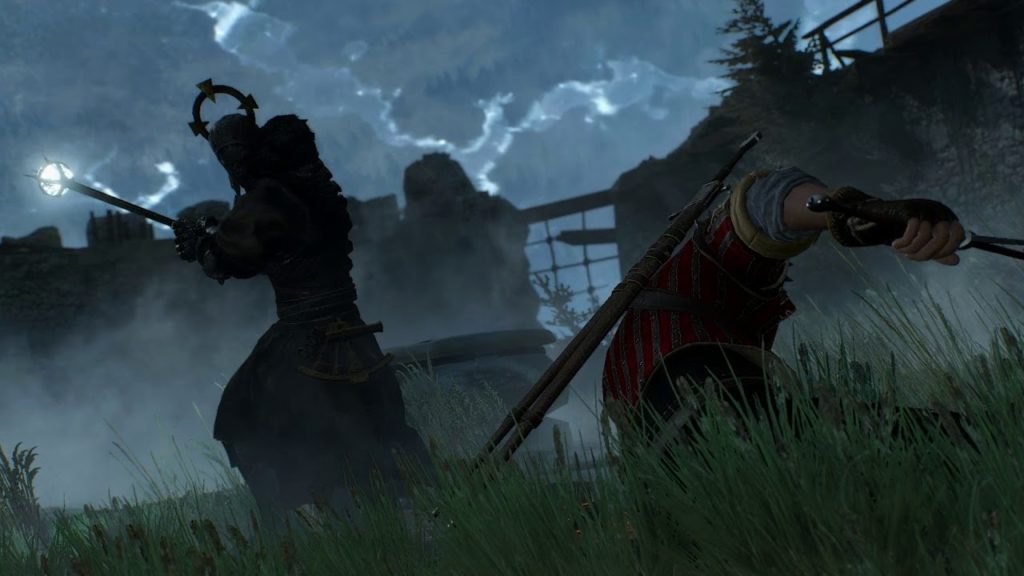
Eskel in The Netflix Show
The Netflix show’s portrayal of Eskel yielded much frustration and complaints from fans, who saw the Witcher’s personality and fate drastically change. His character is played by Basil Eidenbenz, a Swiss actor. Initially, Eskel’s actor was to be Thue Ersted Rasmussen. Due to the pandemic and rescheduling conflicts, the actor had to leave the show.
In the series, his brotherly relationship with Geralt is still there, denoted by a few flashbacks. However, Eskel is way more aggressive and intimidating toward Ciri. In addition, his personality is impulsive and petty instead of calm and levelheaded.
Eskel first appears in Kaer Morhen, in the second episode of the second season, when the Witchers return to the fortress during the winter to rest for The Path.
He starts by mentioning how he’s faced a leshy for six hours. Vesemir finds this odd, claiming that Eskel didn’t think to pierce the leshy’s heart with flames during their entire encounter, which is the only way to defeat them. He brushes it off and goes on to torment Ciri.
Afterward, Eskel begins to behave unlike his version in the books or games. He brings prostitutes to Kaer Morhen, compromising the secret of the fortress’ location, and is constantly throwing parties with other Witchers — an unusual feature compared to the novels. Geralt scolds Eskel, warning him of his attitude. The Witcher ignores the Wolf’s warning and even assaults his brother before being subdued by him.
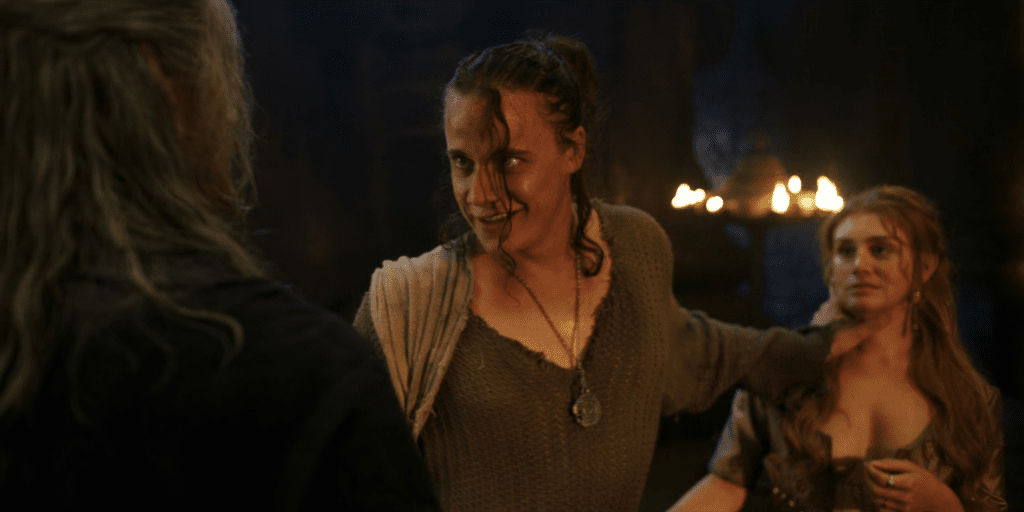
Eskel’s Death
When Eskel is in intimate moments with one of the girls, a twig begins to grow from a wound on the back of his right shoulder. The scene cuts to the Witchers chatting in the hall. All their medallions start vibrating, meaning some kind of magic is at work.
Everyone sets off searching for the source of the magic, and Geralt is attacked by a leshy, assuming it’s the same one Eskel faced. However, the leshy reveals itself to be Eskel, and Geralt hesitates. The Witcher is pinned down by the creature’s numerous woody arms. Vesemir arrives and saves Geralt, and together they face Eskel.
The two Witchers engage the leshy-Eskel hoping to trap him and save him from this mutation. When Vesemir is being choked by the creature, Geralt is left with no choice but to enchant his sword with Ignis and pierce it through Eskel’s heart, killing him. After Eskel’s death, Vesemir removes his former pupil Witcher’s medallion.
The second season’s third episode shows Geralt grieving over Eskel’s death and reminiscing about past memories. It was intended that the show would present several flashbacks between Eskel and Geralt, explaining how the two became quasi-brothers and the significance of his death. But the showrunner said it didn’t make the cut.
We had several more flashbacks with Eskel laid out, to demonstrate further to the audience how close Geralt and Eskel were in the past: to reinforce just how far Geralt had to go in his heart in order to make that sacrifice. I hope to return to them in the future.
— Lauren S. Hissrich (@LHissrich) December 29, 2021
Eskel’s plot comes to a close after Vesemir performs an autopsy on his body, trying to figure out the source of the mutation. Eventually, Geralt convinces his master to let Eskel rest. They take him to a cave to be devoured by wolves.
Eskel’s Significance
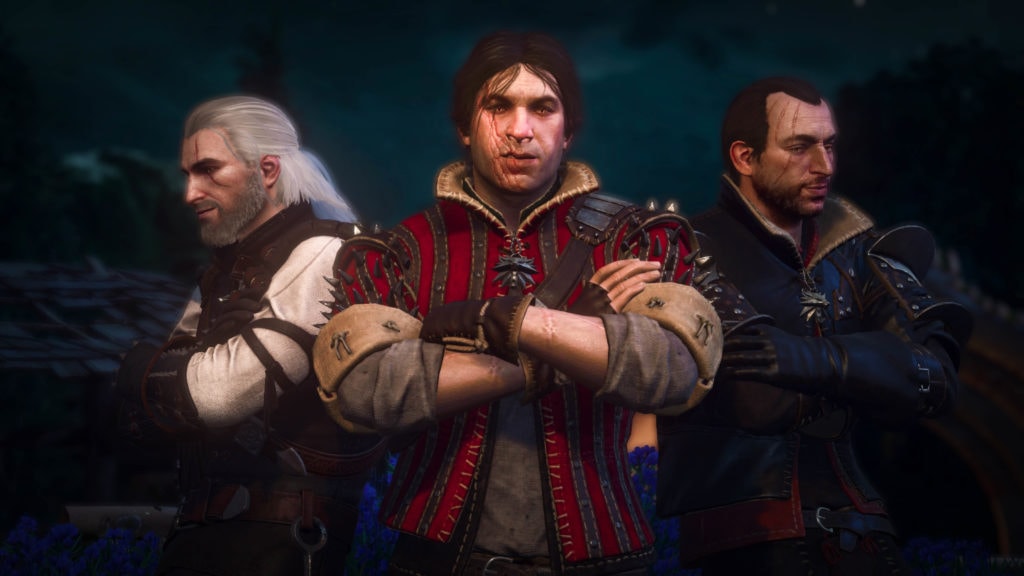
Throughout the Witcher franchise, Eskel plays a minor role, acting mainly to flesh out Geralt’s personality rather than to develop his own character. Although he’s a Witcher as skilled as Geralt, Eskel’s never managed to get the renown of the White Wolf.
Eskel’s fleeting presence in the books shows how Geralt can care about others and create lasting bonds besides Ciri and Yennefer. In the games, Eskel is included in occasional but essential moments. Especially in Witcher 3, when sharing moments of affection with his fellow Witchers.
The Netflix show, however, willingly chose to change Eskel’s nature. The series knew he was one of Geralt’s most important childhood friends, so they gave they put the character in the spotlight, albeit briefly. Still, the fanbase was understandably dissatisfied with his new personality and fate.
It remains to be seen if future Witcher games will address Eskel’s character, showing if he has the potential to become the next Vesemir. Since the game’s storyline is not canonical to those of the books, it’s up to the scriptwriters to decide if he’s a character worthy of resurfacing or if Eskel’s narrative arc has ended.
Eskel FAQs

Murillo loves three things: RPG games, fantasy books, and Henry Cavill. So it doesn’t come as a surprise why he immersed himself in the Witcher universe. After bulldozing the novels and getting a platinum trophy in the Witcher 3, he eagerly awaits the next game installment to further expand the saga.
